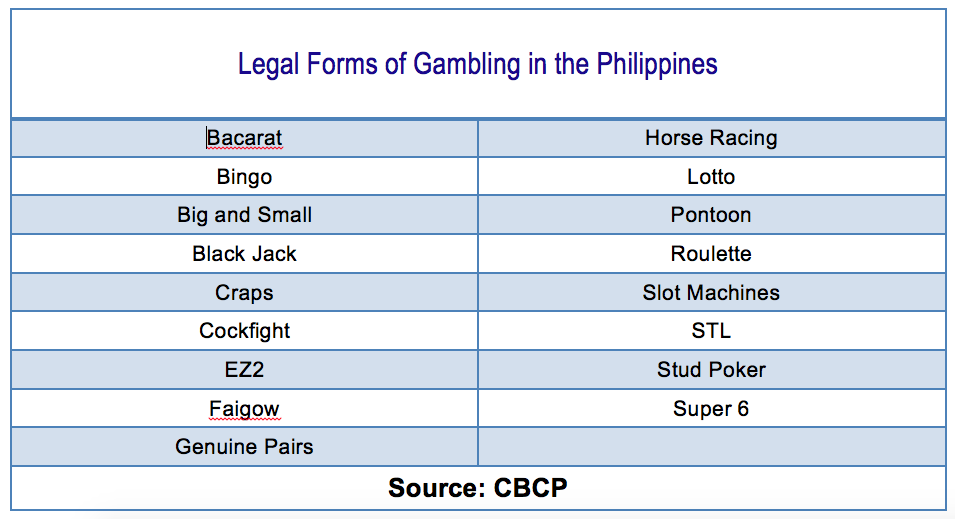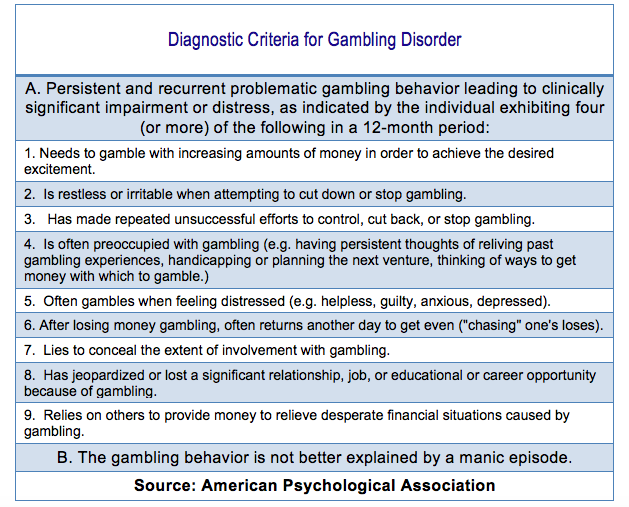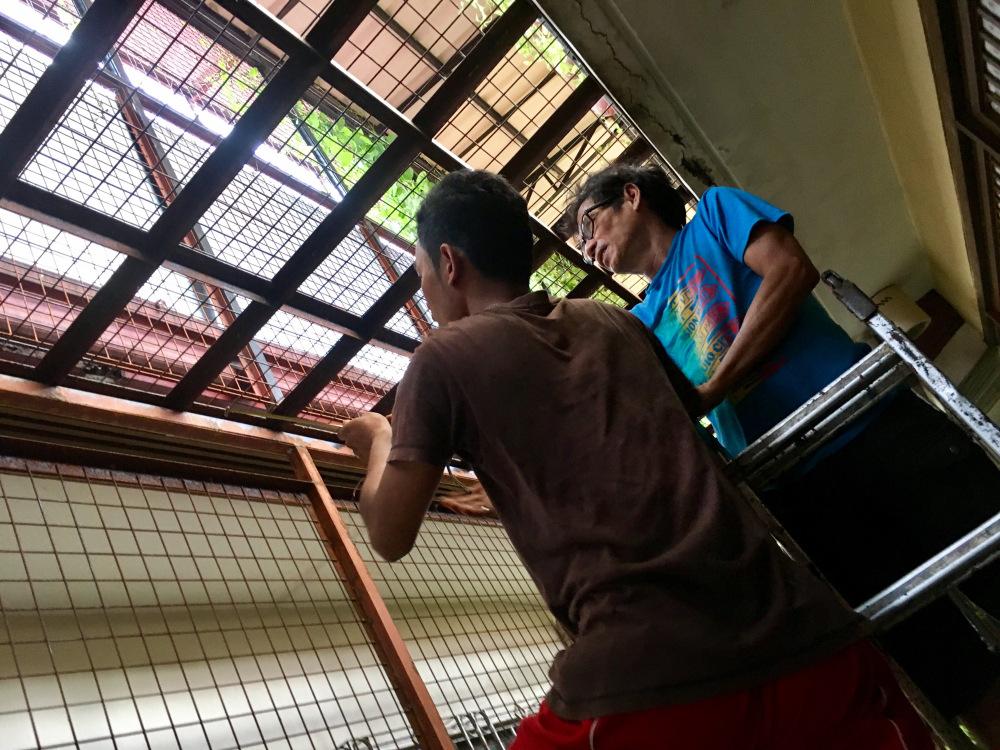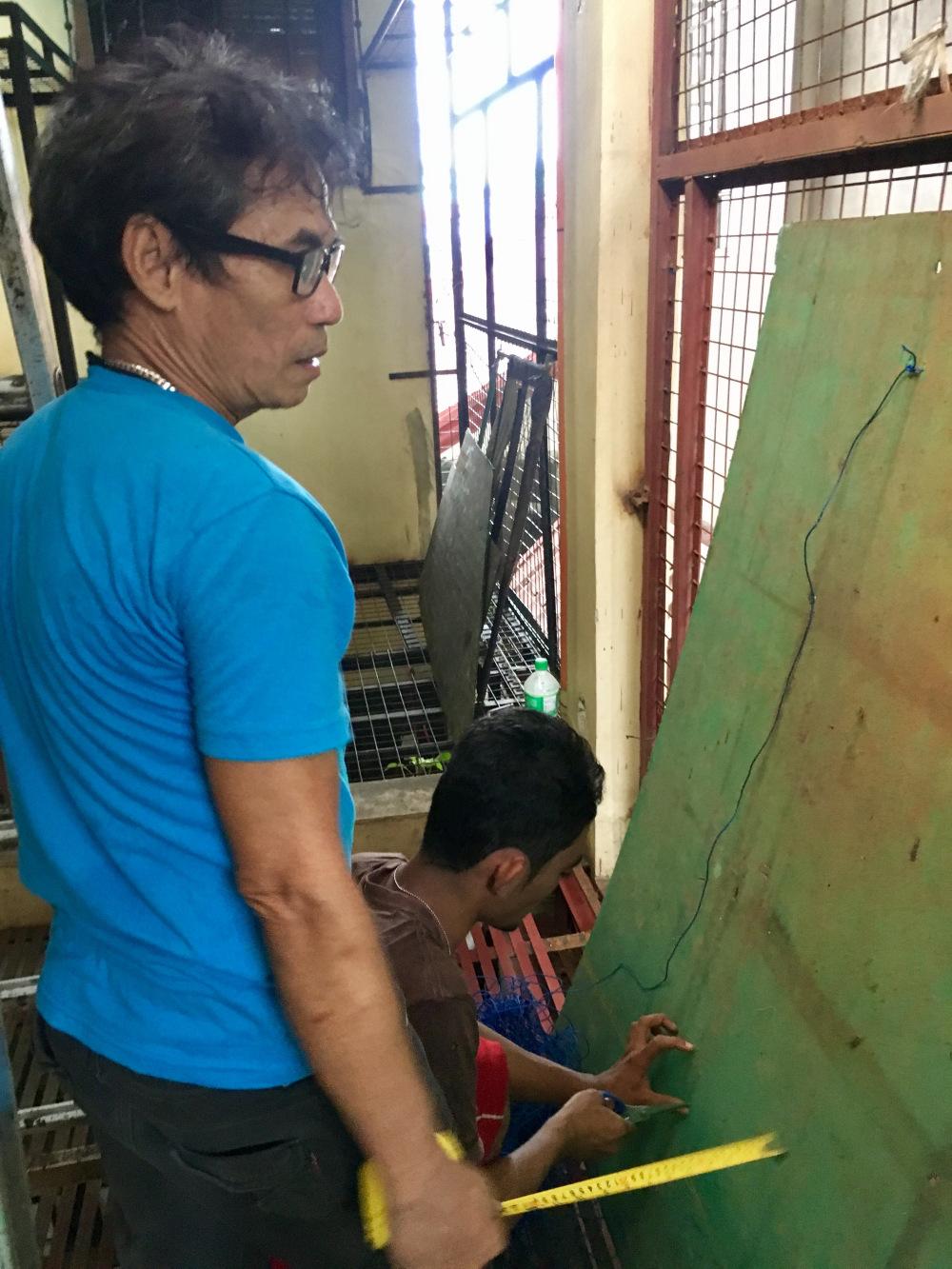The gambling dead: Understanding the addiction
This story originally appeared as an exclusive report by Tricia Zafra for Subselfie.com.
Jessie Javier Carlos, 43, made his ultimate gamble at Resorts World Manila casino around one o’clock in the morning of June 02.
It was clear that he was playing against the casino, just like what he used to do before he had been banned. He fired at the interior of the casino with his rifle, set gaming tables and machines ablaze, and took casino chips worth millions. The ball of misfortune in what seemed like a spinning roulette of doom befell on 91 unsuspecting guests and employees: 37 got killed and 54 were injured.
Penniless from years of betting and losing, Carlos waged his life. But it was a game no one won. It simply ended in tragedy: a denouement that is said to be typical of the life of gambling addicts.

Gambling addiction
Carlos was one of at least 500 gambling addicts in the Philippines banned by the Philippine Amusement and Gaming Corporation (PAGCOR) from casinos. The actual number of Filipinos suffering from the uncontrollable urge to gamble might way be higher (perhaps thousands). In the Philippines, gambling activities are everywhere, not just in casinos.
Archbishop Oscar Cruz, a known opponent of gambling, presented a non-exhaustive list of legal and illegal gambling activities in the Philippines in a gambling primer that the Catholic Bishops Conference of the Philippines (CBCP) published in 2006.


The primer’s discussion on why gambling should be denounced can be summed up to one point: gambling, whether legal or illegal, corrupts and destroys lives.
Twenty-two-year-old “Jerry,” not his real name, knew this. But for some reason, he was not able to resist betting and losing hard-earned money from selling fruits and vegetables, to “cara y crus,” “pusoy” and “tong-its,” while his younger siblings suffered hunger. His family is impoverished. His parents had to do odd jobs so their family of 10 could survive. To ease the family’s burden on expenditures, he had to stop at second year high school (just like his older brother) so he could instead help augment the family’s income by working.
He was 15 when he and fellow out-of-school friends got hooked on gambling on the side walks of Marikina City: “Gusto mo lang malibang parang ganun. Hanggang sa araw-araw nagsusugal (I just wanted to kill time at first. Eventually, we were gambling everyday),” Jerry recalled.
“Jerry” lost hundreds of pesos almost everyday. The highest bet he lost was P500.00. But he did not mind because once in a while he would win a few thousand pesos. His highest winning was P3,000.00 and that was seven years ago: “Pag nakabenta na kami, magsusugal na kami. Nakakaadik din e lalo na pag nanalo kayo ng malaki, lalo kayong gaganahang magsugal (As soon as we earn money, we would start playing. It is addictive, especially when we win huge amounts, it motivates us to play more).”
But eventually, “Jerry” became indolent. He started to depend on gambling as if it were a livelihood: “Hindi ako nagtatrabaho noon puro sugal na lang, konting pera isusugal. Pag nagtatrabaho parang tinatamad pa ako noon (I didn’t want to work anymore, I only wanted to gamble. Whenever I have money, no matter how small, I would gamble. When I work, I feel lazy).”
He pawned his watch (he hasn’t gotten it back yet), sold his mobile phone and acquired more debt: “Walang makain puro sugal kasi. Pinag-aawayan din sa pamilya (We had nothing to eat because I was always gambling. We'd argue about it at home).”
Maladaptive as it is, gambling is a potent coping strategy for boredom, stress, exhaustion and frustration, according to Dr. Danilo Tuazon, a neuropsychologist.
Dr. Tuazon explains that winning in a game of chance triggers the release of an addictive feel-good chemical in the brain called dopamine. A gambler who feels good will most likely gamble again; losing does not discourage addicts from playing. It makes them more determined to go after the next dose of dopamine rush, which would come after completely random attempts at winning.
“It’s intermittent reinforcement. Hindi siya after one hour or 15 slots, may reward ka. Ang reward mo hindi mo alam kung after 50, 120, 250 turns (You will not get your reward after 15 slots. You never know whether a reward is coming after 50, 120, 250 turns). It’s a powerful reward. Na-ti-trigger ang excitement mo na may darating na reward (It triggers excitement for a reward).”
The highly rewarding nature of dopamine, according to Dr. Tuazon, puts gambling addicts in a constant state of denial and compels them to sell or pawn valuable belongings or make alibis so they could play: “You ask gamblers. Ang sasabihin nila palaging kaunti lang ang natalo nila kahit buong kabuhayan na nila natalo (Gamblers would always tell you that they have only lost a little even if they have lost their entire livelihood).”
Lying is among the telling signs of gambling addiction according to the American Psychological Association (APA). The DSM-5 (Diagnostic and Statical Manual of Mental Disorders Fifth Edition) has outlined nine symptoms of this problem technically referred to as Gambling Disorder.

The seriousness of one’s gambling disorder depends on the number of symptoms that are present over a 12-month period.

Gambling disorder creates other mental health problems. Among these is depression, which is usually an offshoot of financial problems that gambling addicts get themselves into.
“Kung may 100 million kang utang papatayin ka (If you owe 100 million and you are being threatened), so you will seek immediate resolution to your problem, probably you would kill yourself,” Dr. Tuazon said.
According to the APA: “One in two individuals being treated for gambling disorder has suicidal ideations and about 17% has attempted suicide.”
When “Jerry” heard that the Resorts World casino attacker was a gambling addict, he felt sorry for the guy. At the same time, he felt relieved that two years ago, just when all hope seemed lost, he got his chance at redemption through Mang Ernie – an aging neighborhood carpenter. Mang Ernie did not have much. But the old man knew that the household he has been working for would be kind enough to hire “Jerry” as helper: “Nakikita ko laging nagsusugal. Sabi ko halika nga sumama ka sa akin,” Mang Ernie recalled telling the young man (I always see him gambling on the streets. I asked him to join me).”
“Jerry” is now trying to rebuild his life with a new occupation. He is now able to help send his younger siblings aged 9 and 11 to school.


An addiction that runs in families
“Jerry’s” problem, however, is far from over. His teenage siblings have followed his footsteps and are yet to learn from his story: “Pagka sahod nila, sugal, nag-pu-pusoy sila e, cara crus. Sana nga makinig e kaso hindi nakikinig sa akin e. Minsan nagbebenta ng cellphone ‘pag walang pera. Siguro ‘pag wala nang pera ang mga yon titigil din yon (When they earn money, they gamble. I hope they listen to me but they are not listening. Sometimes they sell their phones when they have no money. Perhaps when they run out of money they would stop).”
Gambling addiction had also been a household problem in Dr. Tuazon’s family. His late mother was a “mahjong” addict whom he observed would feign boredom as an excuse to play. Two of his brothers got their mother’s hobby and have lost properties to gambling.
“Buti hindi niyo namana, Doc? (How come you didn’t acquire the behavior, Doc?)” I asked.
“I also have an addiction. But mine is learning.”
When Dr. Tuazon studied psychology and neurology, he understood what was going on in the brains of his kin. He believes that apart from dopamine, a bad mixture of culture and evolution is at play.
Filipinos believe in “swerte” (luck), a takeaway from Chinese traders whom our ancestors had bartered with. Belief in “swerte” warmly received the gambling activities brought by the Spaniards when they colonized the Philippines in the 16th century. During the atrocious colonial period, gambling behavior had been valuable to some of our ancestors for survival (such as coping). Its evolutionary value has been encoded in the Filipino brain and passed to next generations.
Predisposition to gambling addiction, however, can be beaten. That is, if you know when to stop, according to “Champ” (not his real name), a casino player for 8 years. His curiosity of his parents’ pastime got the 36-year-old private firm employee into gambling. But according to him, he is not addicted. He says it’s been almost a month since he last played, and he is unlikely to play again soon. This was after a relatively huge loss of P19,000.00 in one sitting and the violent attack at Resorts World Manila.
“Isipin mo na lang kung milyon yan. Buti na lang marunong ako huminto at tumanggap ng pagkatalo (Imagine that was in millions. I am fortunate I knew when to stop and accept defeat).”
“Champ” says playing in casinos is just another opportunity to earn extra money in an easier way.
“Kasi sa work, I can be [rich] but talagang pahirapan (At work I can be rich but it is difficult).”
His highest winning was P15,000.00. So what if one day he wins millions? What is the likelihood of him spiraling to addiction? This is “Champ’s” best case scenario: “Hindi siguro ako malululong diyan. Pag binigyan na ako, itatabi ko na yun kasi alam ko kayang kayang bawiin sa’yo ‘yun, and more kung naging gahaman ka (I don’t think I’d have gambling problems. If I win such an amount, I would save it because I know that that can be taken away easily and more so, if you become greedy).”
And this makes sense because to Dr. Tuazon, players are mistaken if they think they can beat the casino: “Akala mo ma-be-beat mo ang casino? E marami siyang pera. Sige nang sige lang siya (You think you can beat the casino? It has a lot of money. It will just go on). So you will not be able to beat the casino. Ikaw, konti lang ang pera mo e (You don’t have much money). You will stop somewhere. Wala ka nang resources e. Pag naubos na ang resources mo, talo ka na (When you run out of resources, you lose). While the casino will still continue.”
Hope: The redemption
Dr. Tuazon tells me that while his mom and one of his older brothers died addicted to gambling, his surviving older brother was able to reform without psychological intervention: “The gospel won him,” Dr. Tuazon said.
“How did spirituality help?” I asked.
His answer: “Mataas ang value ng spirituality, neurologically (Spirituality has a high value, neurologically). If you remove the mystic of spirituality, in neurology, it is basically dopamine. You are being relaxed by the word of god because of the hope being given to you. May hope palagi. Ang hope ang nagbibigay ng dopamine sa’yo (There’s always hope. Hope produces the dopamine).”
I realized that in the case of “Jerry,” Mang Ernie represented hope.
For “Champ,” there is far greater hope for success in opportunities that his regular job has to offer than what games of chances could give.
“Ang may problema rito, the high rollers (It’s the high rollers who are at risk here),” Dr. Tuazon said referring to those who gamble in millions. His advice to them (while they still have resources) is to “seek therapy” because the denouement of a gambling addict’s life doesn’t always have to be tragic.



